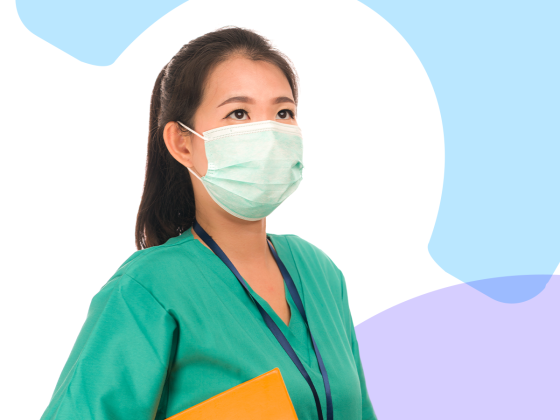
Especially for Essential Workers
Suggestions for essential workers serving their communities.
Using These Resources
As an essential worker, these resources are here to support you as you continue to serve your communities.
Demystifying Masks
In these materials, you’ll notice that Muppets have also started wearing masks, too! You might find that children are confused or frightened by seeing others in masks. It’s harder for everyone to read others’ expressions and to meet someone new for the first time, and children might have an especially hard time recognizing and connecting with others. Even babies rely on others’ expressions for assurances of safety. If you’re interacting directly with children, here are some suggestions for easing their experience:
- print out large photos of your face with your name in large letters underneath, and tape them onto uniforms or wear them as name tags
- communicate with your eyes (can you make your eyes “smile”?)
- do funny gestures such as wiggle your ears or raise your eyebrows
- talk more! (say out loud what you’re feeling or thinking, and encourage children to do the same)
- wear masks with colors or images that children might find funny or interesting, like rainbows or their favorite characters
- place a small stuffed animal, such as a teddy bear, wearing a mask where children can see it
- display large photos of staff on a bulletin board or door for children to see
- acknowledge the reality of the experience! (“It’s weird not being able to see my whole face, isn’t it? I wish I could see yours, too. I hope we can see each other’s whole faces soon.”)
- be honest about how you feel about wearing masks, but also remind children of the benefits (“I don’t love wearing this mask either, but my superpower is protecting others from my germs. My mask is part of my superhero costume!”)
- praise children for wearing their own masks (“You’re a superhero, too!”)
- answer any questions children may have about masks
The child-friendly resources on this page are some new ways to help you share important messages around prevention with children and families. You’ll find developmentally-appropriate explanations of social distancing, wearing masks, handwashing, and overall healthy habits like nutrition, sleep, and movement. If you work in health care, you might print and post these infographics at your site or send them as links to patients or clients. Your organization can also post them on social media.
You’ll also find thank-you messages for all frontline community workers and their families. Print or post on social media—tag a friend or co-worker!
And… Take Care
As much as you can, practice self care. Everyone is celebrating you and remaining grateful for what you continue to do to serve your community.
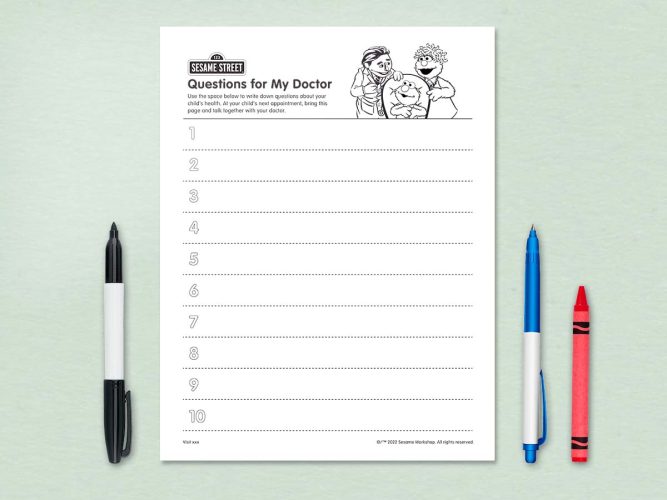
Questions for My Doctor
A place for parents and children to list questions for their doctor.
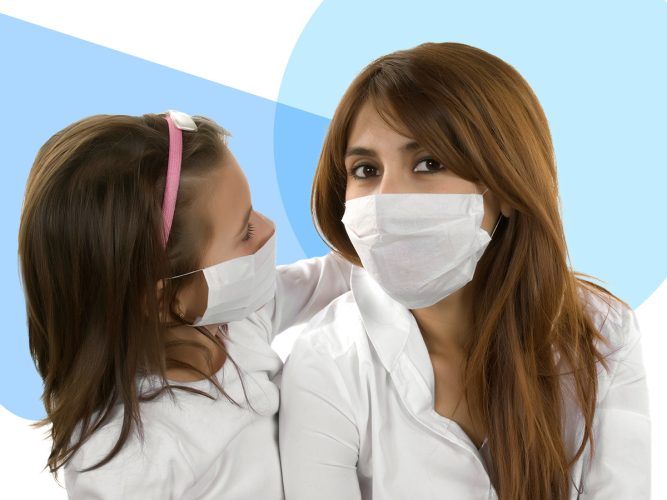
Good Questions (and Answers) About Covid-19 Vaccines
Common questions children ask about vaccines, and possible answers.
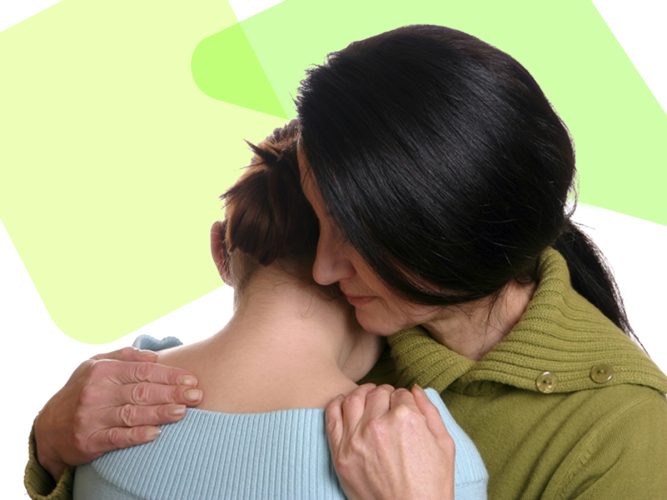
Helping Children Through Grief Related To COVID-19
There are ways to help families talk about death, express their feelings, and grieve together.
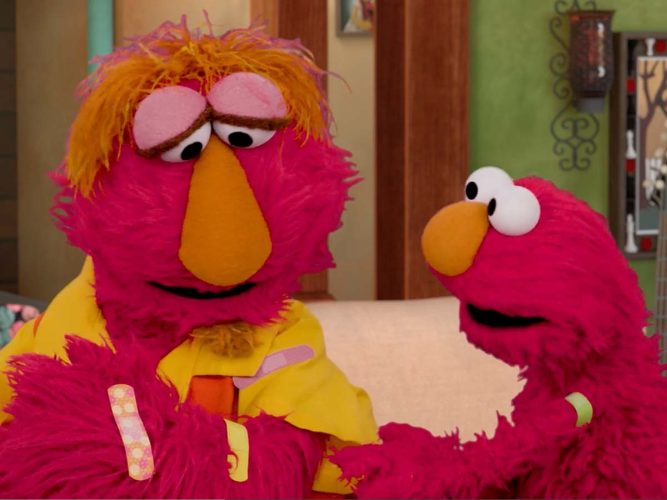
Elmo Gets the Covid-19 Vaccine
Elmo and Louie share their experience with the COVID-19 vaccine.
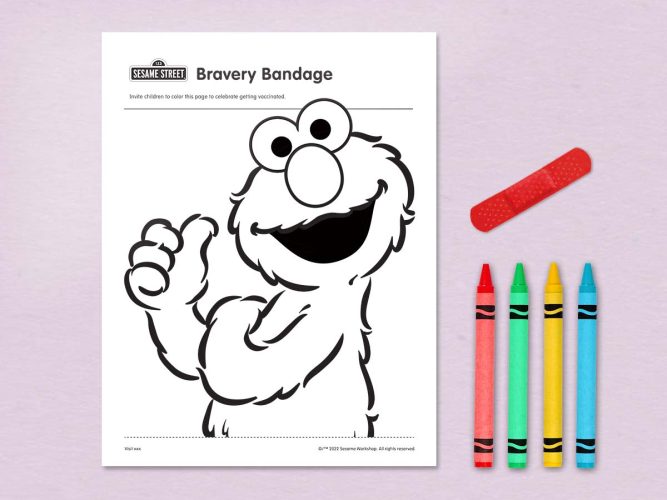
Elmo’s Bravery Bandage
A coloring page to help celebrate a child’s bravery when getting a shot.
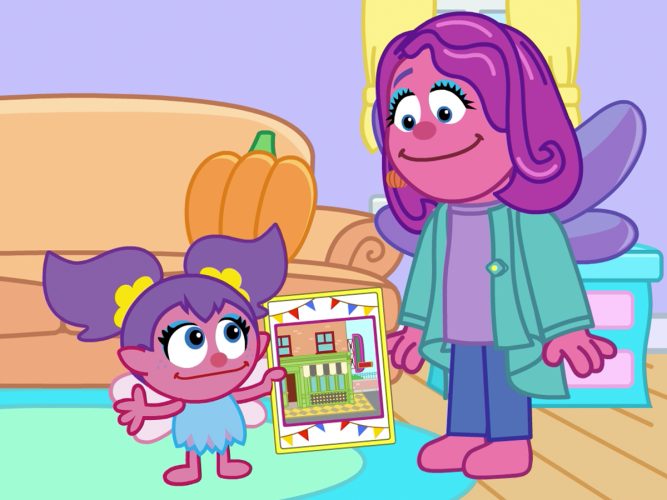
Hooper’s Store Reopens
As communities open up, together we can adjust to a new way of doing things—while keeping everyone safe.
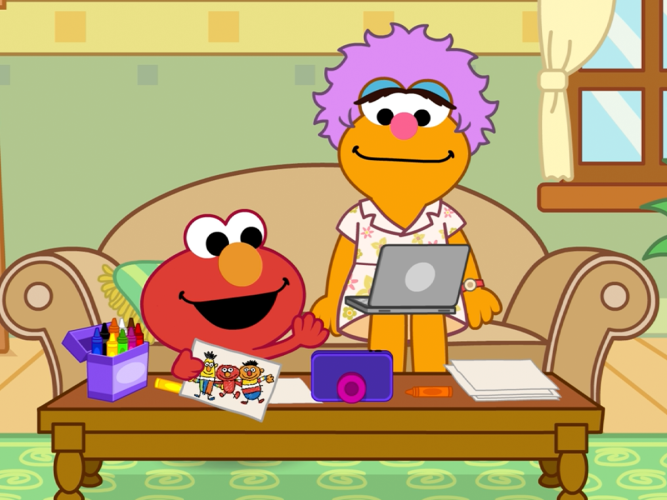
When Children Miss Their Friends
There are ways to stay connected with people we love...safely.
